
The Cypriot Natural History Museum is located at the Carlsberg factory in Latsia-Dali and it is open to the public for free-entry visits. It is a remarkable, fully organised museum, of European...

Saint John's Cathedral in Lefkosia (Nicosia) within the old city walls is built on the site of the 14th century chapel of the Benedictine Abbey of Agios Ioannis the Evangelist of Bibi. Archbishop...
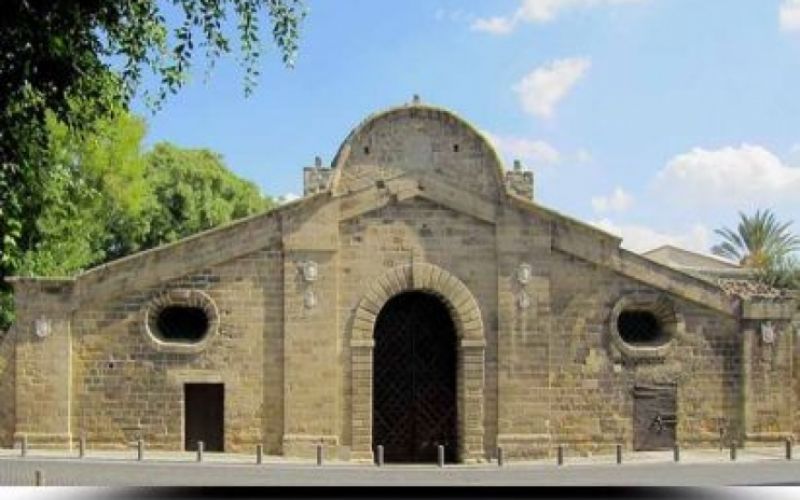
Venetian walls encircle the old city having a circumference of 4,5 km and possesses eleven heart-shaped bastions. There are only three gates in the North, South and East. Famagusta gate is one of them...
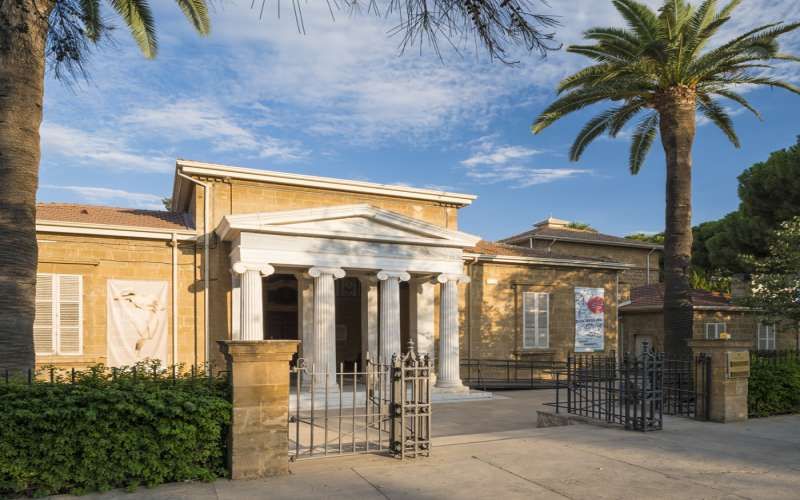
The Archaeological Museum of Lefkosia consists of fourteen rooms surrounding a square central area and is comprised of offices, a library, storerooms and areas for preserving and studying items in the...
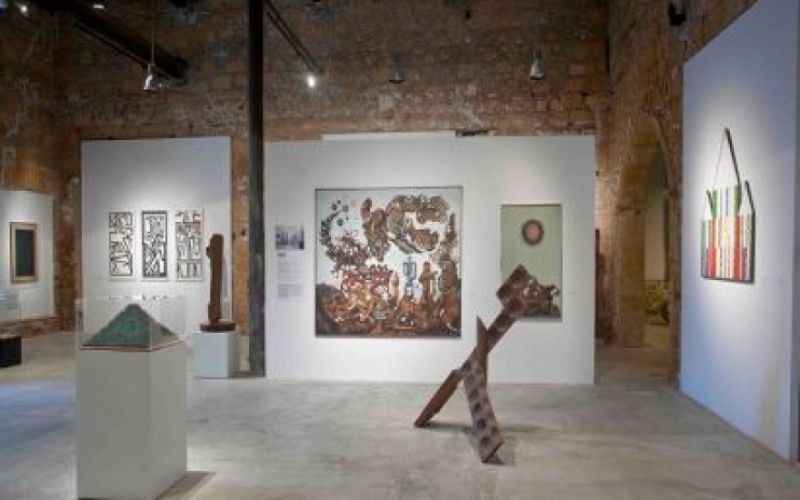
NiMAC [Nicosia Municipal Arts Centre, Associated with the Pierides Foundation] is housed in the renovated building of the Old Powerhouse, located in the historical centre of Nicosia. NiMAC was inau...
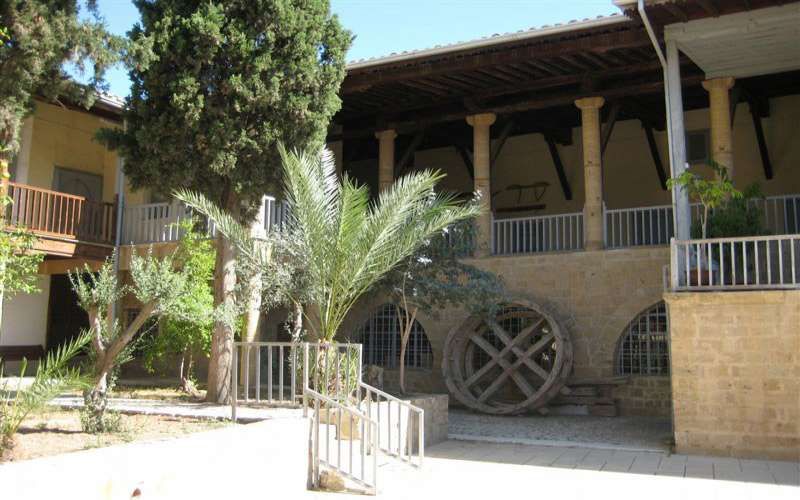
The Cyprus Folk Art Museum was founded by a few keen members of the Society of Cypriot Studies in 1937 and it is housed in the premises of the old Archbishopric Palace. In 1961 the seat of the Archb...
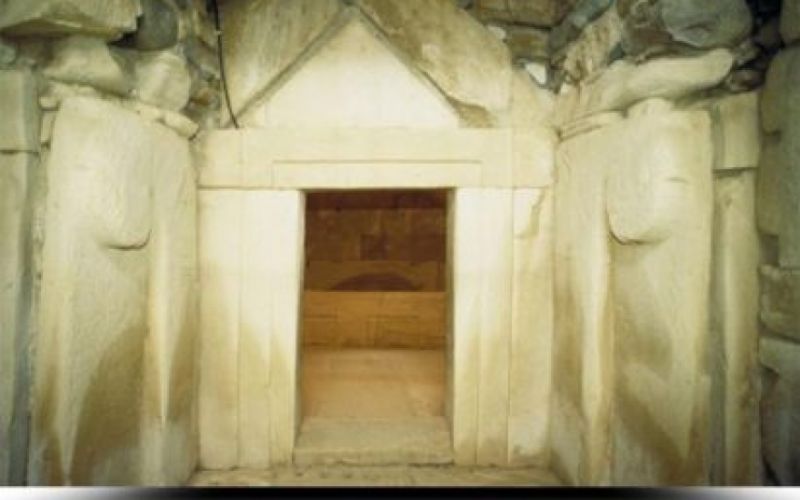
Tamasos was one of the most important city kingdoms of Cyprus, even though the exact date of its establishment and its founder are not known. Located on the left bank of the river Pediaios, in the...
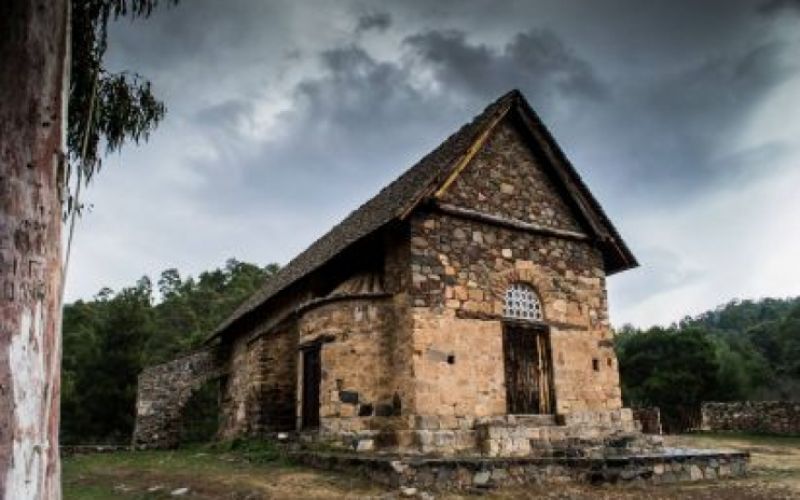
The church of Panagia Phorbiotissa, better known as Panagia of Asinou, is situated in the north foothills of the Troodos mountain range. It is built on the east bank of a stream, three kilometers sout...
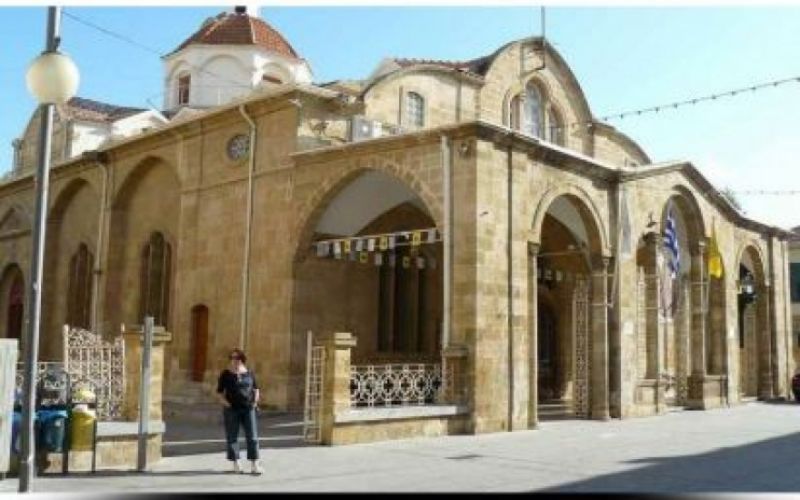
Faneromeni Church dominates the centre of the square and was built in 1872 on the site of an ancient Orthodox nunnery. The Marble Mausoleum on the eastern side of Faneromeni Church is situated on t...
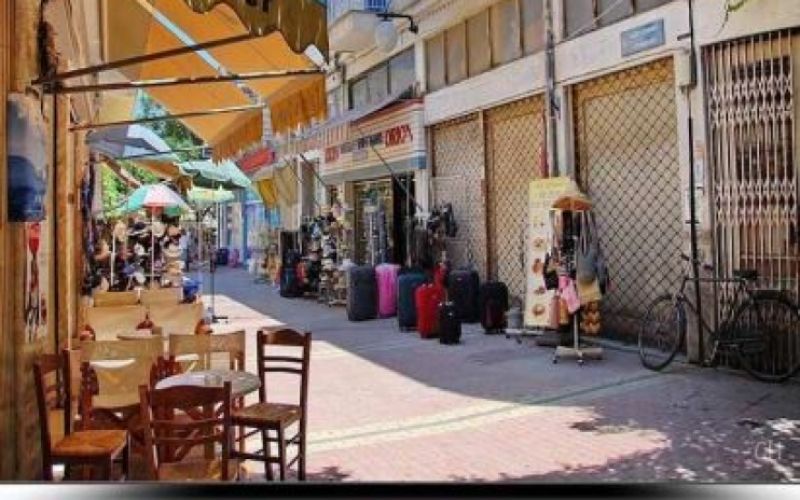
Traditional Pedestrian Quarter of Nicosia, Laiki geitonia is the most wonderful and charming site of the old city. Traditional houses, shops, restaurants and galleries, have all been restored showing...

Located on the south-eastern edge of the city of Lefkosia, Athalassa National Forest Park is an oasis of greenery set across an area of 840 hectares, with many endemic, indigenous and adventive trees,...
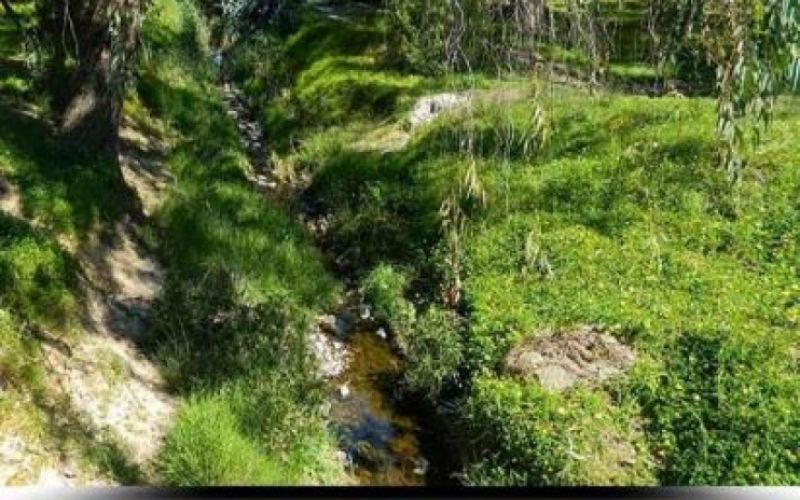
The Park is located between Aglantzia’s Municipality and the city of Nicosia while it is only 2 kilometers away from the city center. Its overall extent is 45 hectares. It includes an excursion...
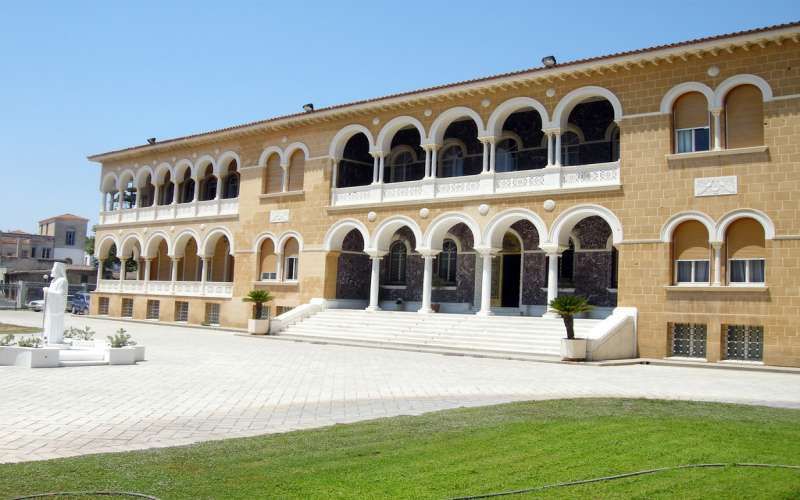
The Holy Archbishopric of Cyprus or otherwise known as the Archdiocese of New Justinian and all of Cyprus belongs to the Church of Cyprus. The Archbishopric is located in Old Nicosia opposite the Panc...

The church of Agios Varnavas and Ilarionas (Saint Barnabas and Hilarion) is built on the west bank of Serrahis’ tributary river, Peristeronas, of the homonymous village. Along with th...

The reason for declaring the Park a national forest park is to protect and utilize its significant functions and values: ecological, scientific, hydrological and recreational. For this purpose a Devel...

Founded in 1984, the Leventis Municipal Museum of Nicosia presents the history and social development of the city of Nicosia from the Chalcolithic period (3000BC) to the present day. The mus...
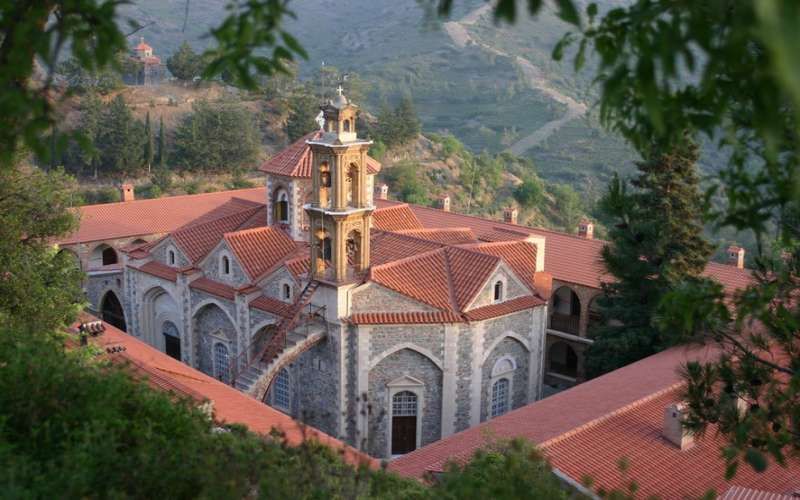
Located on the slopes of Kionia, in the valley of Machairas mountains, Machairas Monastery is one of the three Royal and Stavropigials of the island and houses the miraculous icon of Panagia (the Virg...
The Cypriot Natural History Museum is located at the Carlsberg factory in Latsia-Dali and it is open to the public for free-entry visits. It is a remarkable, fully organised museum, of European standards, which contributes to the ample enlightenment of the public, on the flora, fauna and geology of Cyprus. The collection of the Natural History Museum includes approximately 2500 exhibits. Its largest part consists of stuffed mammals, birds, fish, reptiles and insects, as well as rocks, m...
Saint John's Cathedral in Lefkosia (Nicosia) within the old city walls is built on the site of the 14th century chapel of the Benedictine Abbey of Agios Ioannis the Evangelist of Bibi. Archbishop Nikiforos rebuilt the monastery chapel from its foundations in 1662. Dedicated to Agios Ioannis the Theologian, it is small, single-aisled and barrel vaulted in the Franco-Byzantine style, with external buttresses and a west portico. In contrast to the deliberately modest exterior that was requir...
Venetian walls encircle the old city having a circumference of 4,5 km and possesses eleven heart-shaped bastions. There are only three gates in the North, South and East. Famagusta gate is one of them. The gate was built in 1567 by Venetians, as a part of the new city walls and was originally called the Porta Giuliani after its designer Giulio Savorgnano who designed the Venetian walls. It was restored by the Ottomans in 1821 and a lookout was added to the gate for a pro...
The Archaeological Museum of Lefkosia consists of fourteen rooms surrounding a square central area and is comprised of offices, a library, storerooms and areas for preserving and studying items in the collection. The objects in the rooms follow a chronological and a thematical succession. On the right side of Room I a series of objects (tools, stone vessels and figurines) is presented, which constitute the earliest evidence of human presence on the island during the Neolithic peri...
NiMAC [Nicosia Municipal Arts Centre, Associated with the Pierides Foundation] is housed in the renovated building of the Old Powerhouse, located in the historical centre of Nicosia. NiMAC was inaugurated on 14 January 1994 and it is the oldest and largest Contemporary Art Centre of the island. Its architectural restoration and conversion into a beautiful art and cultural space was awarded the Europa Nostra Award in 1994. During its twenty plus years of its operation, the Nicosia Arts Centre...
The Cyprus Folk Art Museum was founded by a few keen members of the Society of Cypriot Studies in 1937 and it is housed in the premises of the old Archbishopric Palace. In 1961 the seat of the Archbishop of Cyprus was moved to the new palace. The Society then approached the Archbishop who graciously handed over the whole of the premises of the Old Archbishopric to the Society, to be used for its activities. It was at that time from 1962 to 1964 that extensive reconstruction of the building was...
Tamasos was one of the most important city kingdoms of Cyprus, even though the exact date of its establishment and its founder are not known. Located on the left bank of the river Pediaios, in the area where the villages of Politiko, Pera and Episkopio are found today, the large archaeological site has unearthed the temple of Aphrodite, two majestic royal tombs, as well as several smaller ones. Part of the city’s fortifications and copper-processing installations can also be seen at...
The church of Panagia Phorbiotissa, better known as Panagia of Asinou, is situated in the north foothills of the Troodos mountain range. It is built on the east bank of a stream, three kilometers south of the village of Nikitari. In 1985 it was inscribed on the UNESCO World Heritage List, which includes nine other painted Byzantine churches of the Troodos range. Panagia Forbiotissa used to be the katholicon (monastery church) of the Monastery of Forbion, as its name implies. Accordi...
Faneromeni Church dominates the centre of the square and was built in 1872 on the site of an ancient Orthodox nunnery. The Marble Mausoleum on the eastern side of Faneromeni Church is situated on the front of the building and was built in memory of four clerics executed by the Ottoman governor in 1821, following the Cypriot revolt due to the newly declared Greek war of Independence. The square is surrounded by several neoclassical buildings featuring predominantly Greek, as well as, local Cyp...
Located on the south-eastern edge of the city of Lefkosia, Athalassa National Forest Park is an oasis of greenery set across an area of 840 hectares, with many endemic, indigenous and adventive trees, shrubs and herbs. Its network of trails - covering 20 kilometres - makes it a popular place for cycling, walking and dog walking (on a designated pathway). The Botanical Gardens are open daily and are free of charge to visit, whilst the grounds of the park also incorporate a Visitor’s Cent...
The Park is located between Aglantzia’s Municipality and the city of Nicosia while it is only 2 kilometers away from the city center. Its overall extent is 45 hectares. It includes an excursion area, a pedestrian area, a bicycle area, a playground, a kiosk and a parking area. Ideal for those who want to escape the noise of the city and families as there is lots of space for the kids to run free in the open area. Location: Aglantzia.
The Holy Archbishopric of Cyprus or otherwise known as the Archdiocese of New Justinian and all of Cyprus belongs to the Church of Cyprus. The Archbishopric is located in Old Nicosia opposite the Pancyprian Gymnasium. The New Archbishopric, built in 1960 in a neo-Byzantine style, includes the private suite of the late Archbishop Makarios III. The Old Archbishopric, located next to it, was built in 1730 and houses the Cyprus Folk Art Museum. Address: Archbishop Kyprianou Square, Nic...
The church of Agios Varnavas and Ilarionas (Saint Barnabas and Hilarion) is built on the west bank of Serrahis’ tributary river, Peristeronas, of the homonymous village. Along with the church of Agia Paraskevi of Geroskipou, they constitute the only five-domed churches of Cyprus. The church of Agios Varnavas and Ilarionas, is dated to the end of the 11th - beginning of the 12th century. It is quite possible that it replaced an earlier church, which probably belonged to the type...
The reason for declaring the Park a national forest park is to protect and utilize its significant functions and values: ecological, scientific, hydrological and recreational. For this purpose a Development Plan of the National Forest Park will be pursued and implemented. The park offers 3 picnic areas with tables, drinking water, parking places, toilets and children’s playgrounds. For those who would like to follow the paths of nature, there are 5 trails in the...
Founded in 1984, the Leventis Municipal Museum of Nicosia presents the history and social development of the city of Nicosia from the Chalcolithic period (3000BC) to the present day. The museum is named after its donor Anastasios G. Leventis Foundation which bought and restored the building and it is administered by the Municipality of Nicosia. In 1985, the Association of the Friends of the Museum was established. Its main objective is to assist in enriching the museum's colle...
Located on the slopes of Kionia, in the valley of Machairas mountains, Machairas Monastery is one of the three Royal and Stavropigials of the island and houses the miraculous icon of Panagia (the Virgin Mary) of Machairas, which is attributed to Agios Loukas (Apostle Luke) the Evangelist. According to tradition, an unknown hermit sneaked the icon into Cyprus during the iconoclasm years (between the 8th and 9th century AD) and kept it in his cave until his death. Blessed with the divine grace,...